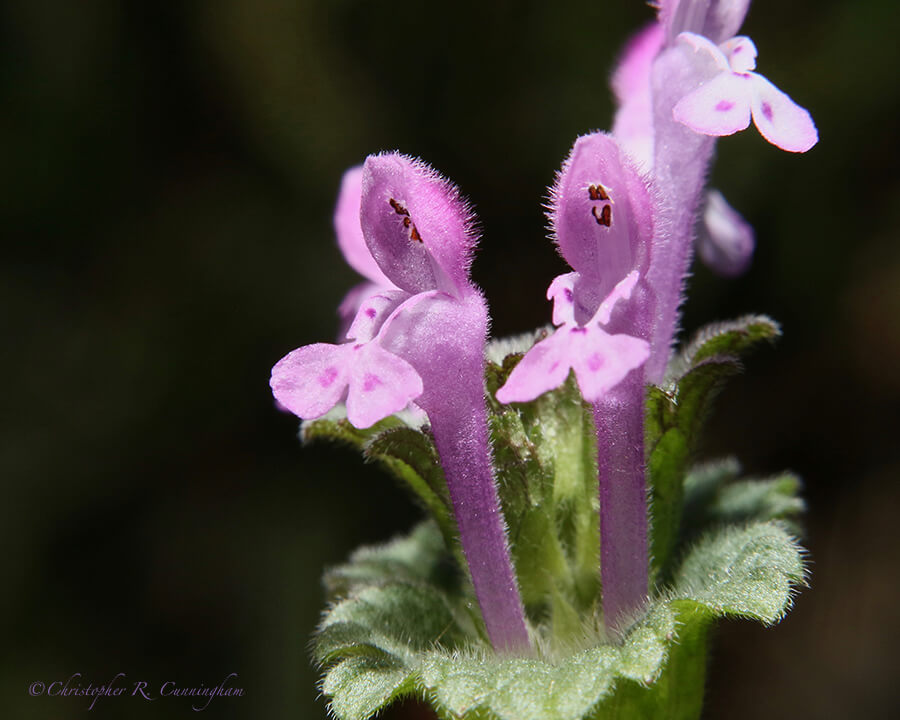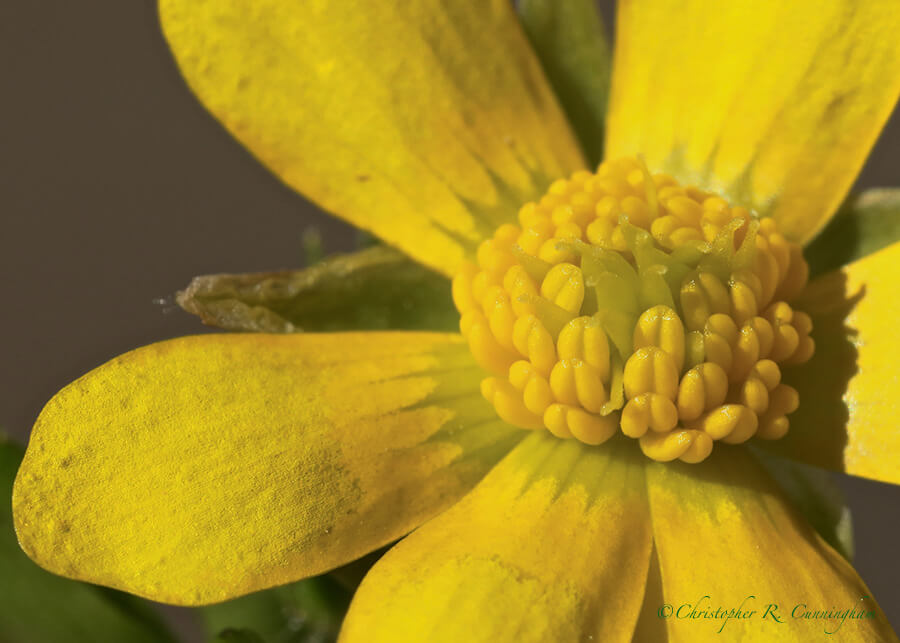Nostalgia is not what it used to be.–Simone Signoret
My father had an interest in German optics and occasionally used a twin-lens medium format Rolleiflex with Carl Zeiss lenses at work. He also had a Rollei SL35 (with Schneider-Kreuznach glass) and a Leica R8 of his own. I inherited his camera equipment last year. A few years ago, Elisa also inherited some nice old Canon equipment from her grandfather. With my collection of old Contax/Yashica stuff, we now have access to a variety of quality glass from the 70’s through the present available for reversed-lens work.

Oklahoma artist Thomas Shahan has achieved some spectacular results with pretty modest equipment, namely a Pentax DSLR and old manual focus lenses mounted in reverse on extension tubes for macrophotography. Inspired by Shahan’s work, I’ve started experimenting with old glass, rigged for macro.
My recent tentative macrophotography experiments have involved reversing old lenses with an adapter, Fotodiox or Promaster. These adapters are available from Amazon for about ten bucks. This reversal process essentially turns a short focal length lens (in the normal range) into a powerful macro lens.
Disappointingly, my dad’s Leica 90mm f/2 Summicron-R will not form a focused image on a Canon EOS 7DII when reversed. The focal length is likely too long. In contrast, my old Contax/Yashica-mount Carl Ziess (Japan) 50mm f/1.4 Planar from the 90’s worked very well reversed (for both Elisa and me). Likewise, I had Elisa’s grandfather’s Canon FL 55mm f/1.2 from the 70’s taking pretty nice images in a matter of minutes—but the Planar has a slightly greater depth of field. Incidentally, along the way I thought I had a brilliant idea by buying an inexpensive ($35) LED video lighting panel for outdoor macro work, but it simply is not bright enough. I went back to flash.

As an informal comparison, I also shot some images of similar-sized objects (from a few millimeters to just under a centimeter) under identical conditions with our 100mm f/2.8L IS Macro plus 12mm extension tube II. The 100mm Macro is, of course, easier to use with autofocus and metering. My sense is that the Planar, despite being almost twenty five years old is very sharp and has better color than the 100mm f/2.8 L Canon Macro. It also produces a dreamy, Leica-like quality not present in any of the other lenses.
On the other hand, the Canon 100mm is a really nice lens and a real workhorse with great functionality over a range of sizes and distances. If I needed to get a shot, it’s what I would reach for. The Planar, however, seems to have potential for making some really gorgeous images, albeit with lots of effort and trial and error. The results with the Planar were encouraging enough for me to order a Fotodiox reverse adapter for my dad’s old Rollei Schneider 50mm f/1.8 from the 70’s. We’ll see.
In our throw away society, it’s nice to find a way to use and derive unique benefit from some “obsolete” technology. Can’t wait for the warm buggy and flowery Texas weather! With lots of practice I hope I can at least get in the same ball park as Mr. Shahan.

©2016 Christopher R. Cunningham. All rights reserved. No text or images may be duplicated or distributed without permission.